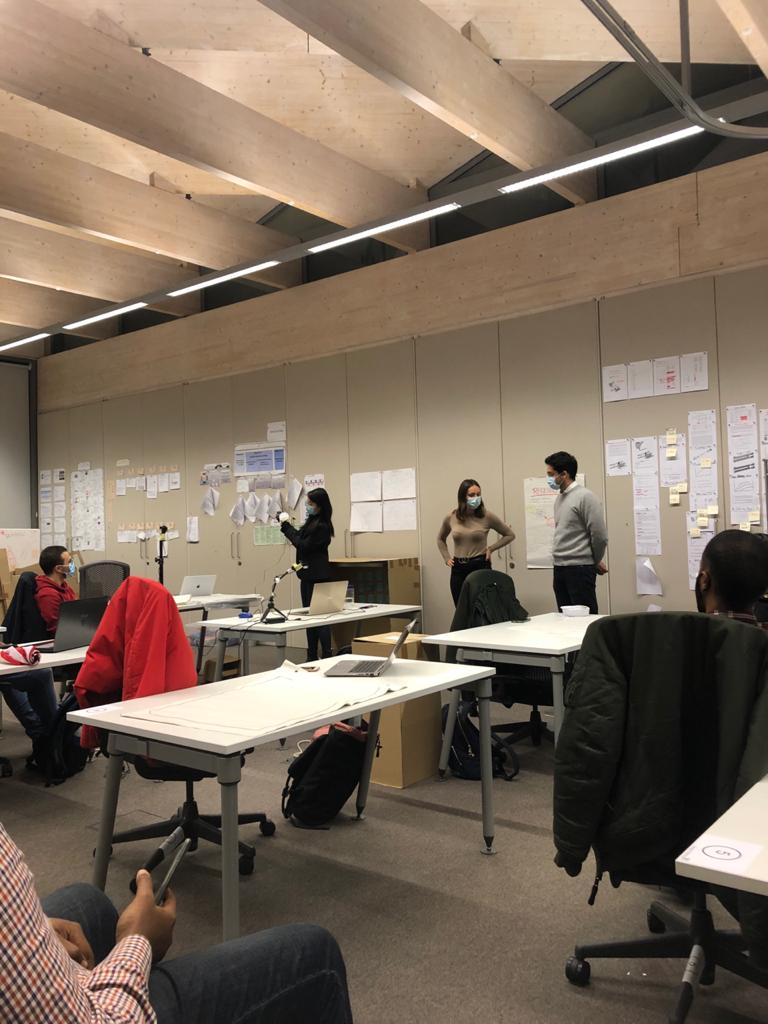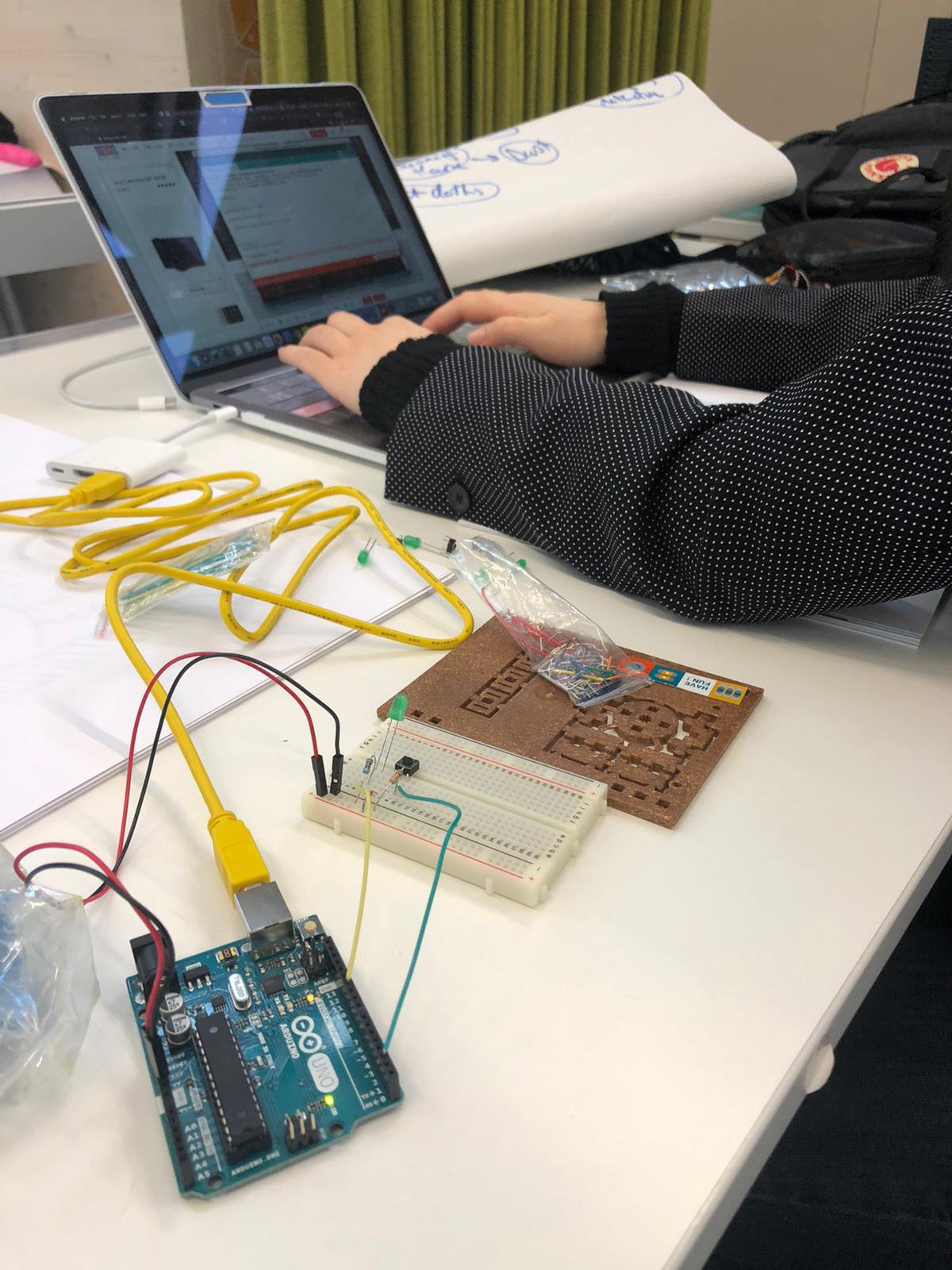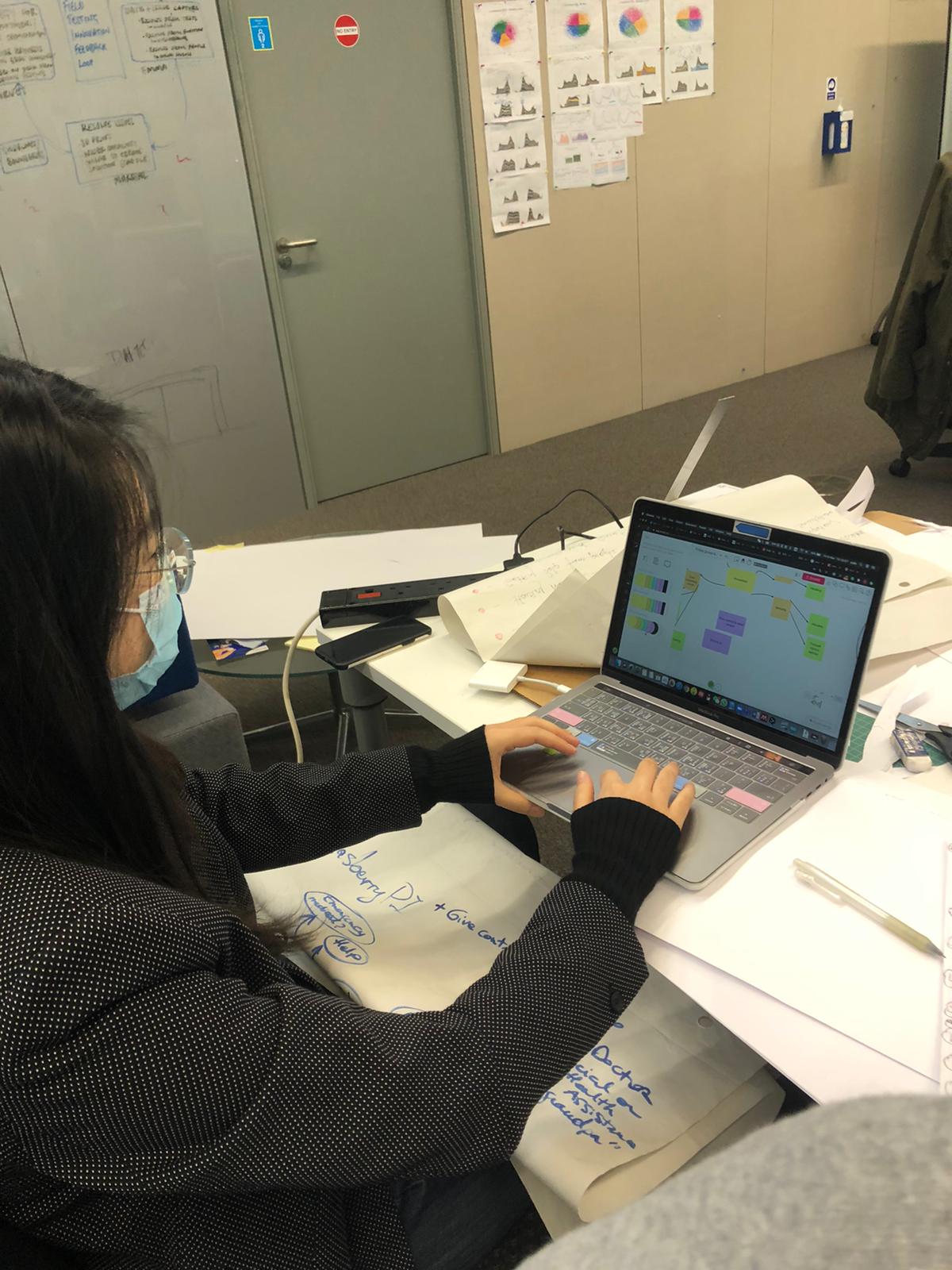My Design Thinking thesis
20/09/2021

Hello, I am Jia Yu and I am a student on the Design Thinking MDes.
For my final thesis project during my master studies, I worked with a company and provided design services based on the company’s needs to meet a brief. The project’s title was ‘A bi-objective decision support tool based on system dynamics modelling for a sustainable supply chain’.
To reduce the harmful effects of carbon emissions and decarbonise industry through the circular economy and sustainable development of the supply chain, system dynamics and discrete-event simulation can determine the best scenario for a sustainable supply chain. Two factors are considered to measure the supply chain’s performance, i.e., minimisation of total cost and maximisation of sustainability. This tool is applied for the case study of a company that operates in the packaging supply chain between Mexico and the UK.
The main aim was to design a bi-objective decision support tool for evaluating the performance of a sustainable packaging supply chain under various scenarios.
The company wants to recycle agricultural waste into packaging materials for the transport of products, reducing waste and making it possible to recycle and pollute the environment.
The project’s overall development is based on the double-diamond method of design thinking, and the supply chain design is based on the basic concepts of sustainability and circular economy. The overall design of the required supply chain is based on the system dynamic and discrete event simulation method.
At the end of the project, the data obtained from the model was analysed: costs and carbon dioxide emissions. The company was able to find the best sustainable supply chain solution for the time being.

During the project, face-to-face meetings with my supervisors were essential, solving many of my questions and inspiring me, and they helped me develop the project in the right direction.
In my project, I have used a lot of the knowledge I have gained during the year in my modules to help and develop the project, such as the double-diamond method and the circular economy. However, there are also new areas that I have been exposed to because of the project, such as supply chain design, system dynamics and the programming software required for discrete event simulation. This will be a great help to me in the next stage of studies and my future career as I will have a better understanding of how the knowledge I have learnt can be better integrated into the practical world and have a better understanding of how to use and implement the knowledge I have learnt to solve real-world problems. I am also able to see and analyse issues from a broader perspective.
I am grateful for the year I spent at Cranfield University, both in theoretical knowledge and practical application, which has been highly beneficial. I would also like to thank the teachers and my project supervisors for their guidance and assistance.

Categories & Tags:
Leave a comment on this post:
You might also like…
Automotive Engineering: From student to hypercar innovation at Rimac
We sat down with recent graduate Thomas Perrin, to discuss how his year on the MSc in Automotive Engineering at Cranfield University propelled him from the lecture hall directly into the ...
What this year at Cranfield really meant to me
Every Cranfield journey is unique. In this alumni reflection, Zachea Scicluna shares what her year at Cranfield truly meant, from facing uncertainty to gaining hands-on experience in industry-backed projects. I’ve been reflecting (and delaying) ...
Preparing for assignments and exams?
Sorry! We know it seems a bit mean to mention the exams in January rather than looking forward to the break before it! However, we know many of you will be thinking about your forthcoming ...
Screening for FTSE 100 companies on Bloomberg
So you’re researching an index and need some data on its constituent companies? Bloomberg’s Equity Screening tool makes light work of this, not just for the FTSE, but for indices, exchanges and sectors worldwide. Type EQS ...
Accelerating my future: How Cranfield put me on the fast track to automotive safety innovation
Hello! I’m Michaela Kaiser, and I’m thrilled to share my journey studying abroad. I’m from Calgary, Canada, and I recently graduated from Cranfield’s MSc Automotive Engineering course. My path to Cranfield ...
From Myanmar to Cranfield: My path to Renewable Energy
As someone who is passionate about sustainability, my career goal is to build a path in the renewable energy sector. My aspirations comes from the benefits of developing sustainable energy sources and ensuring energy ...






